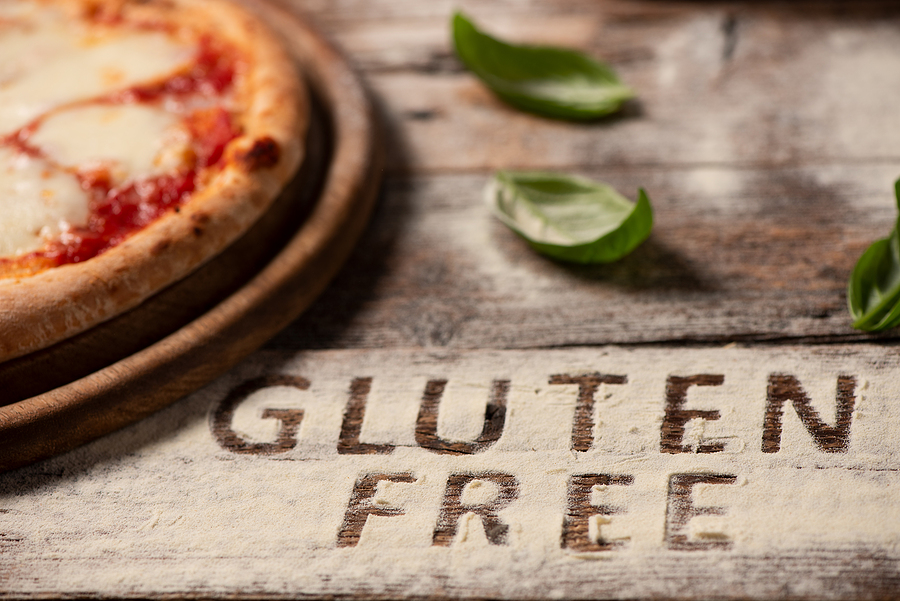 The alternative crust pizza market is booming. What just a few years ago was considered a niche product is now firmly in the mainstream as consumers look for better-for-you versions of their favorite foods.
The alternative crust pizza market is booming. What just a few years ago was considered a niche product is now firmly in the mainstream as consumers look for better-for-you versions of their favorite foods.
As Euromonitor International’s Dewey Warner noted in Food Business News, “This has been a focus within frozen ready meals in recent years and should mainly come in the form of replacing artificial ingredients and the use of preservatives with more natural ones, as well as offering reduced-carb alternatives for consumers conscious of this, most notably in the form of pizzas with bases/crusts made from cauliflower.”
Cauliflower is a popular alternative crust, but it certainly isn’t the only one. Walk through any frozen pizza aisle today and you’ll find a variety of gluten-free crusts, grain-free crusts, plant-based crusts (sweet potato, broccoli, etc.), and even protein-enhanced crusts.
For processors, alternative crust pizzas present an excellent opportunity to grow their product lines and their revenue. But alternative crusts also present challenges. Specifically, most traditional pizza processing equipment is not designed to handle them. Here, we’ll look at what makes processing alternative crust doughs different from processing traditional crust doughs and highlight the types of equipment solutions available.
Dough consistency: From batter to clay
The biggest challenge with alternative crust doughs is the consistency. These doughs not only differ from wheat-based doughs, but no two doughs are alike. We’ve had customers come to us with doughs that resemble everything from pancake batter to clay. On the batter side of the spectrum, we’ve seen doughs with extremely high levels of hydration that even equipment designed to process high-hydration artisan doughs can’t handle appropriately.
Because of the different consistencies, traditional pizza production lines typically won’t work for alternative crusts. The ovens and freezers remain the same, but any piece of equipment that handles the dough — mixers, portioners, formers, etc. — will vary based on the specific dough characteristics. In many cases, the right equipment for the line isn’t pizza processing equipment at all.
A typical pressed pizza line looks like this:
Mixer → Divider → Rounder → Proofer → Pizza press → Oven → Cooler → Freezer
Dividers and rounders won’t work with a liquid dough that resembles a batter. In these cases, we often recommend using equipment designed for other bakery applications, such as a cake or pancake depositor. By incorporating equipment designed for the specific type of dough, we can design the ideal line for any type of product.
Mixing: Knead or blend?
For crusts that don’t contain gluten, you may also benefit from replacing a kneading-type mixer with a blending-type mixer.
Traditional mixing processes are designed to knead the dough to develop the gluten structure — and that process takes time. But if there’s no gluten, there’s no structure to develop, so that extra processing time isn’t needed. A blending-type mixer can do the job more efficiently.
Proofing: Is it needed?
Many alternative crust doughs don’t use yeast. Instead, they may be chemically leavened. Do you still need a proofer?
Again, the best solution will depend on the specifics of your application. In some processes, the proofing stage may be eliminated altogether. In others, the proofing step remains, but it’s used for a different purpose, such as giving the dough time to absorb more water before further processing.
If you’re considering adding alternative crust pizza to your portfolio, we can help you select the best equipment for your line. Our team has expertise in industrial baking equipment for a wide variety of applications. Contact us for help with your next project.

